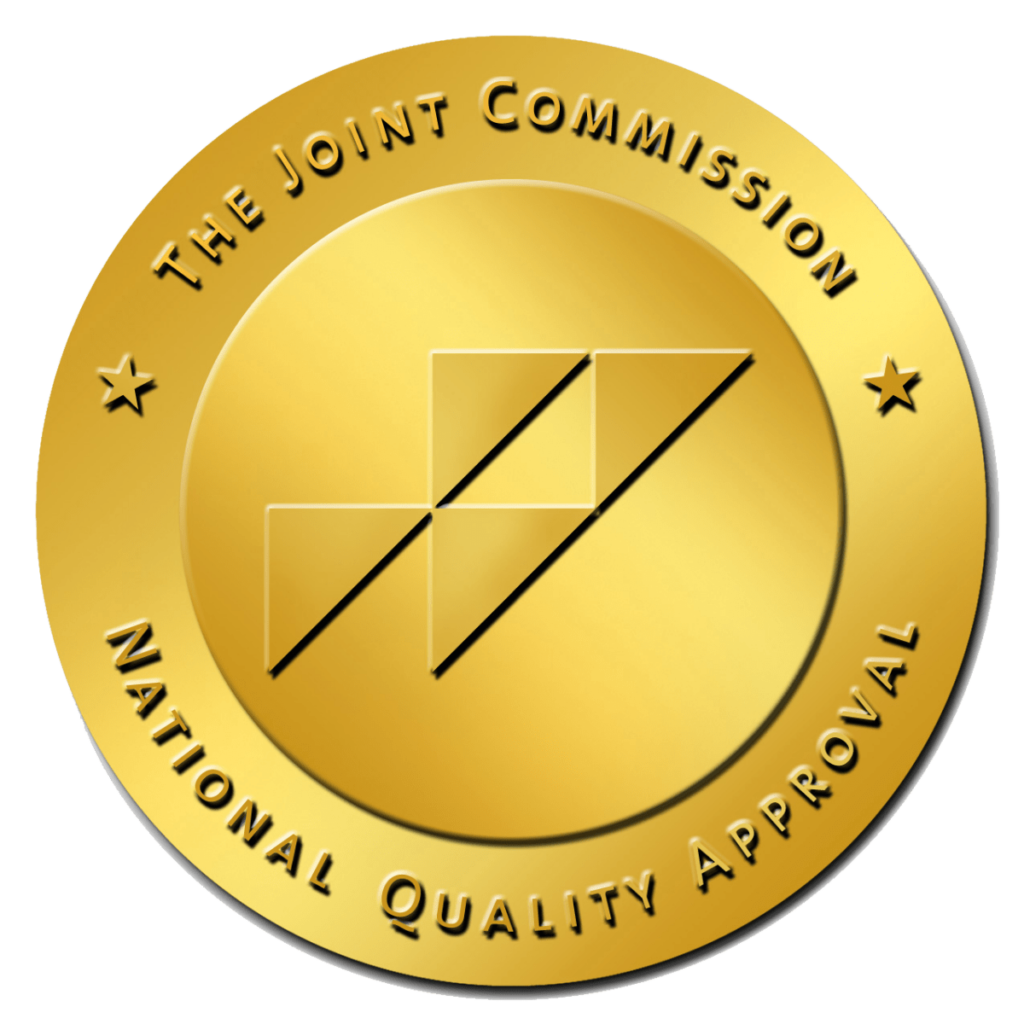Almost everyone experiences some level of anxiety at one point in their lives. Simply put, some situations call for the human body’s natural reaction of fear or worry. But at the same time, nearly 20% of American adults suffer from anxiety that is so severe it is classified as a disorder.
It is natural to experience occasional anxiety and issues with mental health. However, when a person’s stress and anxiety start to interfere with daily activities, there may be a larger issue at hand. People with anxiety disorders may find it necessary to seek professional help in order to manage their symptoms.
Anxiety can be mild, moderate, or severe and can move from situation-dependent to a chronic concern. If you or a loved one is affected by anxiety, continue reading to learn more about it and how it can become or move toward being a disorder.
What is Anxiety?
The U.S. National Library of Medicine defines anxiety as fear, uneasiness, and dread. Typically induced by stressful situations, it can lead to feeling restless and tense, an increased heart rate, feeling weak or tired, and trouble concentrating. Feelings of anxiety can take a mental and physical toll on the person experiencing them.
Anxiety can become a more serious condition when it appears more frequently, the symptoms become more severe, or the reaction is disproportionate to the situation. For example, if a minor stressor at work results in a panic attack, the anxiety may become a chronic disorder.
How Does Anxiety Affect Me?
It can be beneficial if the external situation justifies the anxiety. Slight anxiety before an important work meeting or making a life decision can help increase focus, boost energy, and help cope with the stress of the situation. But when the symptoms become chronic or overwhelming, the effects become negative.
Chronic anxiety is typically classified as a disorder, leading to bodily and mental symptoms that become difficult to control. A rapid heartbeat or shortness of breath, inability to sleep, panic attacks, and a simple unwillingness to participate in daily life for fear of anxiety can all harm anyone experiencing it.
How Bad Can Anxiety Get?
At its worst, anxiety can be severe and constant. Consistent fears lead to a general inability to function daily, withdrawal from social life and feeling panicked at even slight irritants. Patients for whom anxiety gets this bad can lose their work and friends or even suicidal ideation as a perceived “last way out.”
In the moment, anxiety can also become increasingly dangerous to the patient and those around them. Panic disorders, a type of anxiety disorder, describe situations in which the patient suffers from consistent, recurring panic attacks with little or no warning signs.
People with panic attacks suffer from even more severe symptoms:
- Heart palpitations
- Dizziness
- Nausea
- Instant and severe fear of death
- Difficulty breathing
- Chest pains
Many of these symptoms overlap directly with cardiac arrest symptoms, which can worsen the panic attack for patients who think they’re in mortal danger. The attack usually lasts between five and 10 minutes, and for people with panic disorder, it can be triggered by minor events that are difficult to discern or avoid.
How Many People Have Anxiety?
As mentioned above, at some point, everyone experiences at least some anxiety due to stress. However, nearly 20% of U.S. adults suffer from anxiety severe enough to be classified as a disorder. In comparison, nearly 10% of children and teenagers experience a disorder’s effects at home or school.
The Anxiety and Depression Association of America has collected a variety of studies that show how many people in the United States suffer from the different types of anxiety disorders typically classified by professionals:
- 6.8 million adults, or 3.1% of the population, suffer from Generalized Anxiety Disorder (GAD). And yet, less than 45% of them are receiving treatment for it.
- 6 million adults, 2.7% of the population, have Panic Disorder (PD). Women are twice as likely to suffer from PD as men.
- 15 million adults, or 7.1% of the population, suffer from Social Anxiety Disorder (SAD).
- 19.3 million adults, or 9.1% of the population, suffer from specific phobias such as claustrophobia and animal phobias.
Other disorders are not technically considered a type of anxiety disorder, but are closely related to it. For example, 2.5 million U.S. adults suffer from Obsessive-Compulsive Disorder, while 7.7 U.S. adults have Post-traumatic Stress Disorder (PTSD).
When Does Anxiety Become a Disorder?
There is no simple or obvious line to be crossed from the everyday anxiety we all experience, from time to time, to a classified disorder in need of treatment. Generally speaking, most medical professionals use two major signs that typical anxiety has become a disorder:
- The anxiety frequently occurs without the typical triggers that cause others in the same situation to get stressed or panicked.
- Anxiety symptoms affect the person’s ability to participate in daily life events, such as an inability or unwillingness to participate in social activities or make sound decisions.
Medical professionals will also look at the patient’s medical history to determine a predisposition or history of anxiety disorder symptoms. Finally, a physical exam can help to determine whether symptoms such as heart palpitations or frequent dizziness could be caused by something unrelated to the anxiety.
Anxiety Treatment With Moment of Clarity
When everyday anxiety impedes your health and happiness, you might need professional help. Unfortunately, because that line can be so difficult to discern, too many people suffering from anxiety disorder fail to seek treatment, which can significantly damage their lives.
Potential treatments for anxiety disorders include medication, therapy, and self-care. At best, you need a medical professional who can suggest the best course of action and remain by your side as you work your way back toward health. At Moment of Clarify, we provide comprehensive anxiety treatments to help you regain control over your life. Contact us today to learn about our services and expertise and how we can help you solve the challenges an anxiety disorder can bring.




